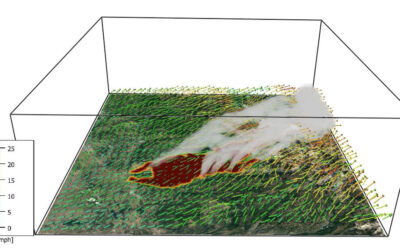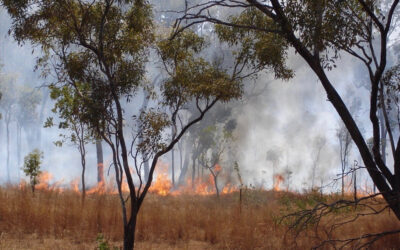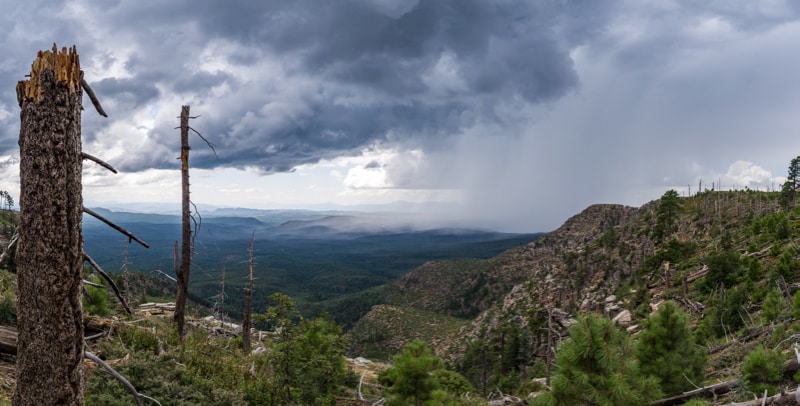A generous grant from the NV Energy Foundation will provide $150,000 to support DRI’s development of a Weather and Research Forecast advanced modeling tool that simulates weather, fire, and smoke for firefighting and prescribed fire operations.
New Study Points to Increase in High-risk Bushfire Days in Australia
Victoria, Australia is already one of the most bushfire-prone areas in the world, and the number of high-risk days may triple by the end of the century, according to a new study in the International Journal of Wildland Fire that features work by DRI climatologist Tim Brown, Ph.D.
New study identifies atmospheric conditions that precede wildfires in the Southwest
Reno, Nev. (January 3, 2018): To protect communities in arid landscapes from devastating wildfires, preparation is key. New research from the Desert Research Institute (DRI) in Reno may aid in the prevention of large fires by helping meteorologists and fire managers...


